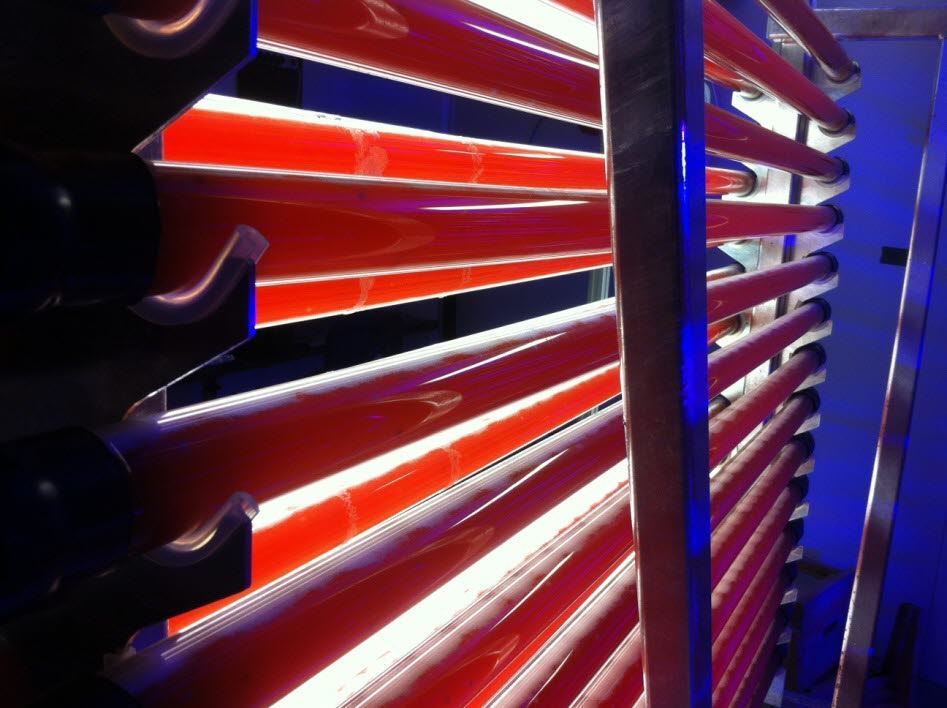Both microalgae and bacteria have high protein content and can be grown in a sustainable manner. In the MIRA project researchers want to combine the algal composition with bacterial efficiency. Microalgae have a favourable composition of fatty acids, but high density cultivation is challenging. Bacteria lack the beneficial fatty acids EPA and DHA, but are easy to mass produce.
The project aim is to introduce the metabolic properties of EPA/DHA synthesis from algae into the bacterium Rhodococcus opacus, using biotechnological tools. If bacteria can produce EPA/DHA, these oils could be extracted and used in fish-feed. The researchers also want to look at how the production of microalgae can be made more efficient by getting the algae to harvest light energy more efficiently.
